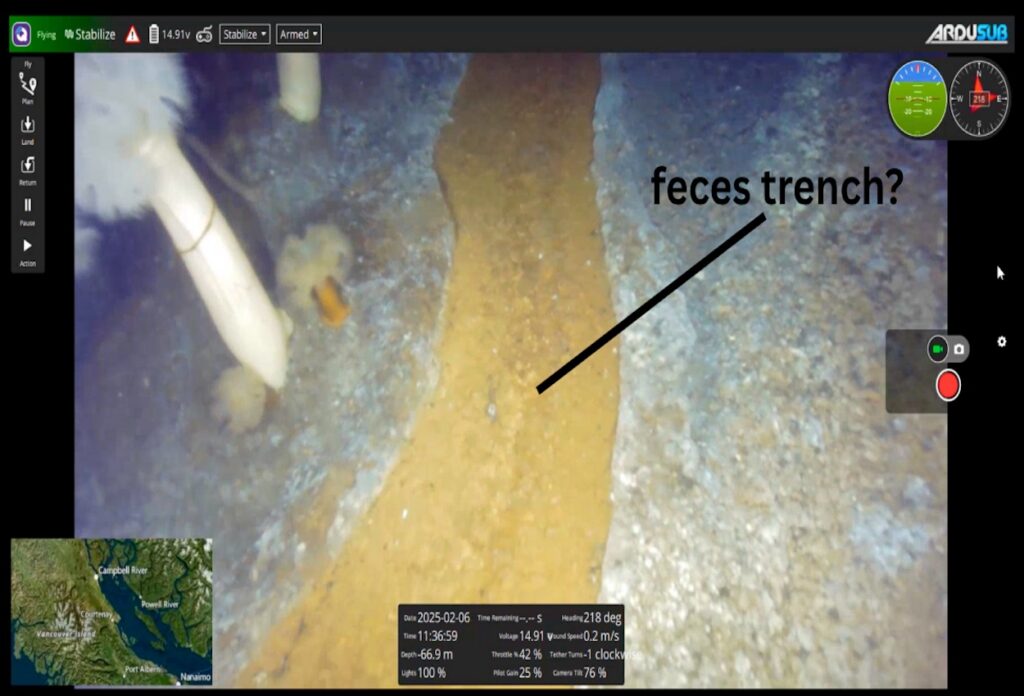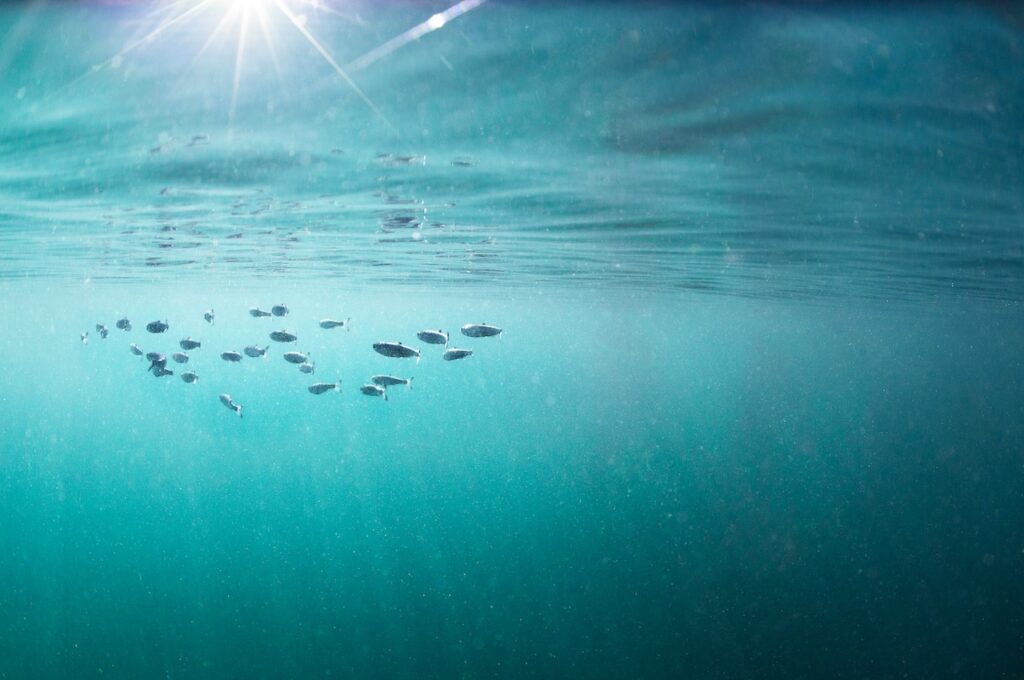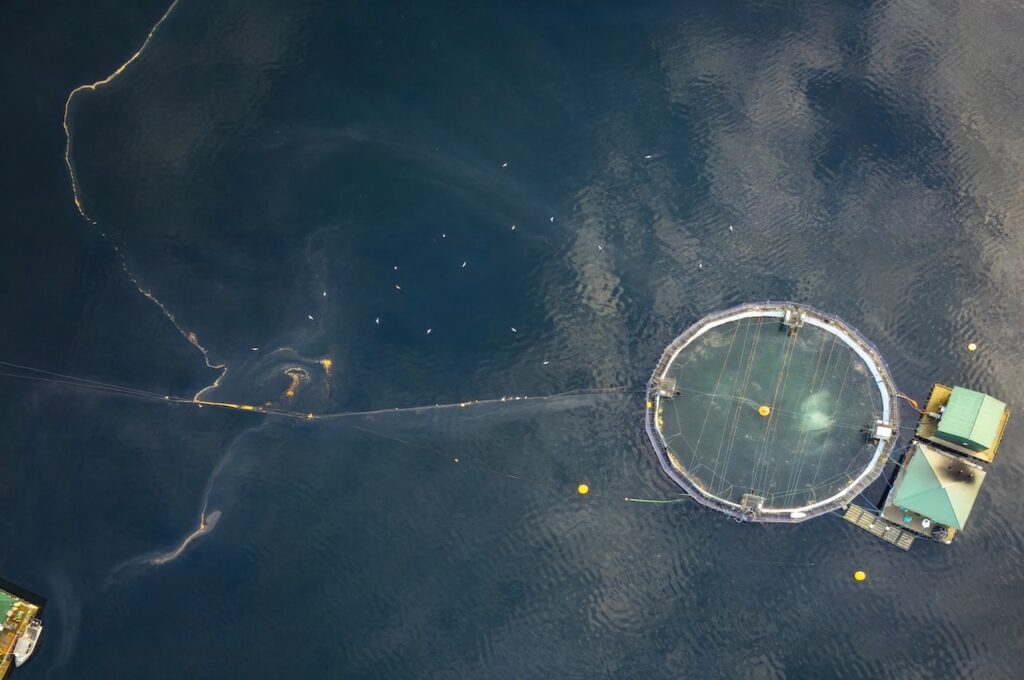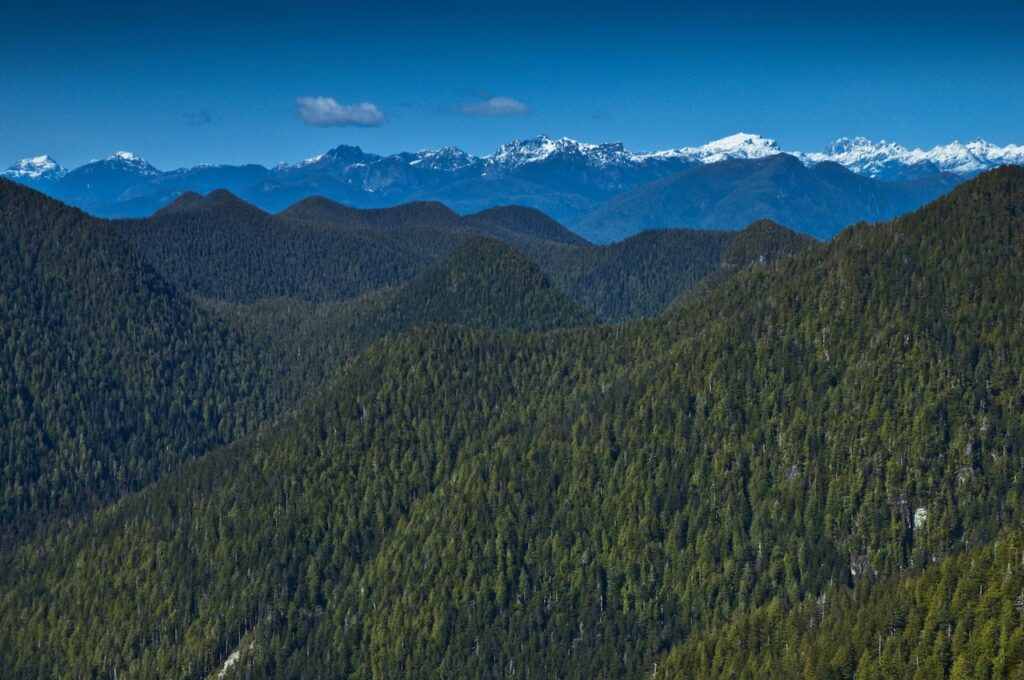It was a dark and stormy night—October 21st—the night of Clayoquot Action’s Mount Polley Eyewitness Report presentation in Tofino. The evening featured Nitanis Desjarlais, Dan Lewis and Bonny Glambeck who had all traveled from the west coast to witness the Mount Polley disaster.
The power was flickering on and off as we set up the projector. Nitanis made the drive out from Port Alberni in harrowing conditions, but arrived safely with time to spare.
The evening was well attended despite the weather. Check out this 30 minute video for a succinct overview of events on and since August 4th—when the tailings dam at Imperial Metals’ Mount Polley mine ruptured.
The evening began with an update by Tla-o-qui-aht First Nations member Joe Martin on Imperial Metals’ activities in Tla-o-qui-aht territory. He also sang a traditional welcome song (not shown in the video).
Cree / Nuu chah nulth filmmaker Nitanis Desjarlais spoke about travelling to the Yuct Ne Senxiymetkwe Camp to help Secwepemc First Nations women light the sacred fire at the mine entrance. Her footage clearly showed the courage of these women, and she also documented a field trip to Hazeltine Creek to witness the aftermath. Her presentation is not included in this movie as she is working on a longer film about Mount Polley.
Mount Polley has served as a wake-up call. It seems the BC government and Imperial Metals would prefer if the disaster were forgotten. But Imperial must clean up their mess at Mount Polley, and BC mining policy must be re-written to prevent future disasters.
Certainly, no new mines should be opened until the Mount Polley dust settles—especially Imperial Metals’ proposed mines: Red Chris in Tahltan First Nations territory; Ruddock Creek in Neskonlith territory; and Catface and Fandora in Ahousaht and Tla-o-qui-aht First Nations territories, here in Clayoquot Sound.
Dan Lewis is Executive Director of Clayoquot Action.







